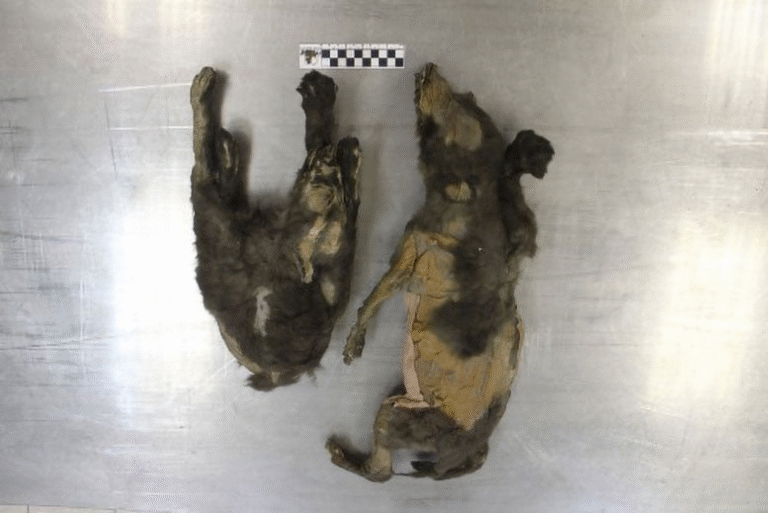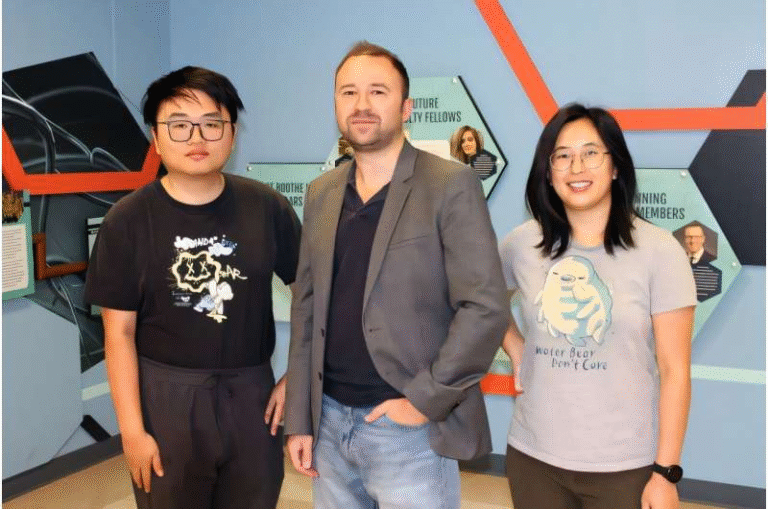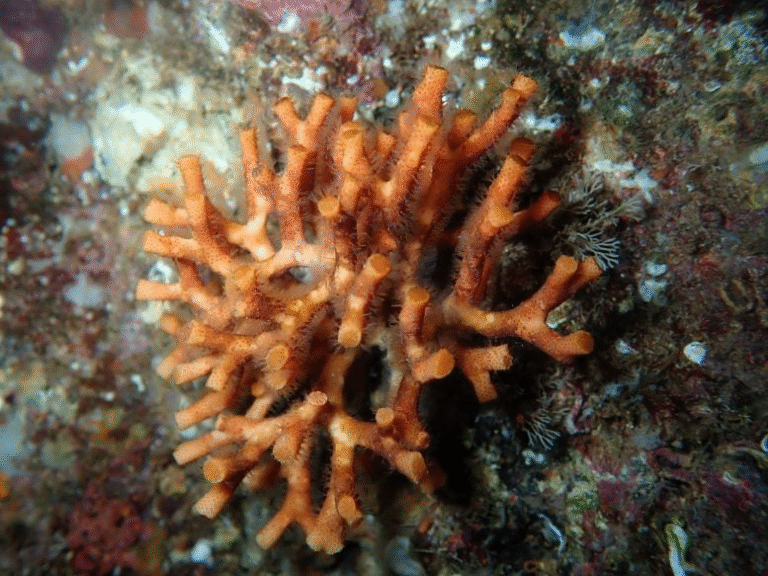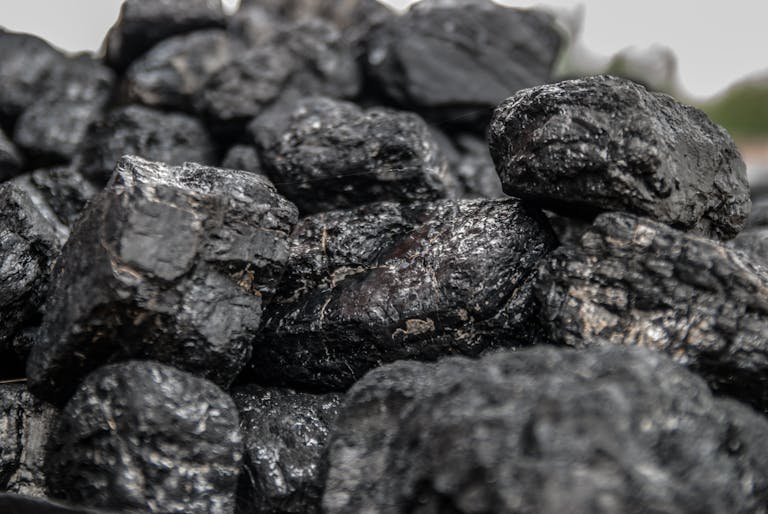Seaweed Shows Promise as an Eco-Friendly Scaffold for Growing Human Tissues
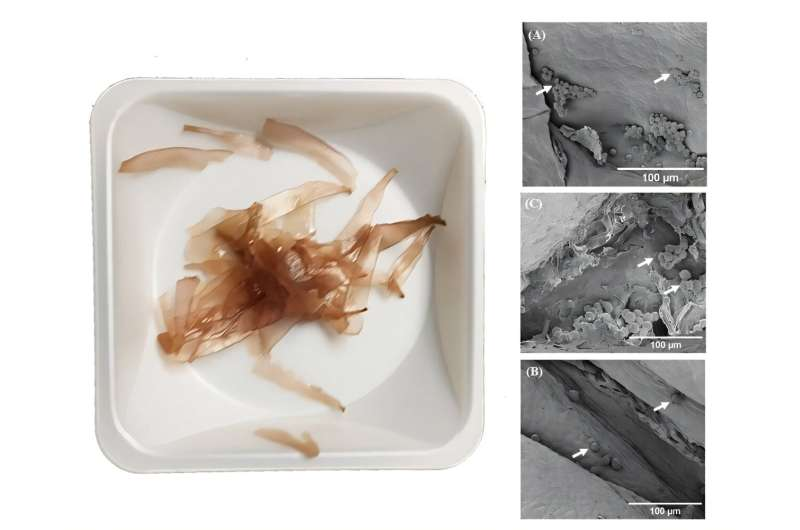
Researchers at Oregon State University (OSU) have discovered a fascinating and sustainable use for something found in oceans all around the world — seaweed. Their new study, published in Biointerphases in 2025, demonstrates that seaweed can be transformed into biocompatible tissue scaffolds, offering a greener, cheaper, and more ethical alternative to the materials typically used in tissue engineering.
What Exactly Are Tissue Scaffolds?
Before diving into the details, it’s worth understanding what tissue scaffolds are. In tissue engineering, scaffolds are three-dimensional structures that act like a framework for cells to attach, grow, and form tissues. They mimic the body’s extracellular matrix (ECM) — the natural support network found in organs and tissues.
Traditional scaffolds are often made from animal-derived materials, such as collagen from pigs or cows, or synthetic polymers created from petroleum-based chemicals. While effective, these materials pose problems: they can be expensive, may raise ethical concerns, and aren’t always environmentally friendly.
That’s where the OSU team’s idea comes in — to replace these materials with naturally occurring seaweed, an abundant and renewable marine resource.
The Star of the Study: Pacific Dulse
The researchers worked with a species of red seaweed called Devaleraea mollis, commonly known as Pacific dulse. It’s a type of edible seaweed that’s rich in nutrients and already known for its culinary and health benefits.
Surprisingly, the team sourced their seaweed not from a laboratory supplier but from a commercial brand they found at a farmers market. After bringing it back to the lab, they began preparing it for transformation into tissue scaffolds.
The process started with cleaning and drying the seaweed. Next, they removed all its cells, leaving only the fibrous extracellular matrix. This process, called decellularization, is commonly used in tissue engineering to strip away native cells while keeping the structural framework intact.
The Key to Success: Decellularization with SDS
The team tested several chemical treatments to find the one that best removed unwanted materials while preserving the seaweed’s structure. They focused on the reagent sodium dodecyl sulfate (SDS) — a surfactant widely used in biology labs.
Different SDS concentrations (10%, 12%, and 15%) were tested to determine the optimal level. After SDS treatment, the samples were washed with Triton X (another gentle detergent) and then treated with a low concentration of sodium hypochlorite (the main ingredient in bleach) to remove pigments.
This multi-step process successfully removed the seaweed’s original cells and color while maintaining its fibrous and porous structure, which is essential for tissue growth.
Testing the Seaweed Scaffold with Human Cells
Once the seaweed scaffolds were ready, the researchers seeded them with human cardiomyocytes — the muscle cells found in the heart’s ventricles. These cells are highly sensitive and require a suitable environment to survive and grow.
The results were impressive. The cardiomyocytes adhered, spread, and formed fibrous networks across the seaweed scaffold, showing that the material supports cell growth and mimics the natural environment found in tissues.
The team also observed that the scaffolds showed excellent biocompatibility, meaning they didn’t trigger negative reactions that could harm the cells.
In short, the seaweed scaffold worked remarkably well — proving it could serve as a cost-effective, sustainable, and vegan-friendly alternative to traditional materials used in biomedical research.
Why Seaweed Works So Well
Seaweed has several unique features that make it suitable for this kind of work:
- Natural structure: Seaweed naturally forms intricate, porous networks that are similar to the body’s extracellular matrix.
- Polysaccharide-rich composition: It’s full of polysaccharides, cellulose, and glycosides, which are biocompatible and support cell attachment.
- Abundance and renewability: Seaweed grows quickly and doesn’t require arable land or fresh water, making it a sustainable resource.
- Cost efficiency: Compared with animal-derived or synthetic scaffolds, seaweed is much cheaper and easier to obtain in large quantities.
Because of these advantages, the researchers believe seaweed scaffolds could help reduce animal testing in preclinical studies. Since the material can support human cell cultures directly, it allows researchers to test drug and tissue responses in lab settings without relying heavily on animal models.
A Step Toward Ethical and Sustainable Biotechnology
The study’s lead researcher, Gobinath Chithiravelu, and his team emphasize that their goal is to replace animal-based materials with naturally available, non-animal options. This is part of a broader movement in biomedical science toward ethical research and sustainable materials.
By showing that seaweed scaffolds can successfully host human heart cells, they’ve opened doors for future exploration into other tissue types — such as skin, cartilage, and nerve tissue.
This research not only contributes to sustainability but also aligns with the growing call for vegan and cruelty-free innovations in science and medicine.
Challenges Ahead
While the results are exciting, there are still challenges to overcome before seaweed scaffolds can be used in clinical applications. Future research needs to examine:
- Mechanical strength — ensuring the scaffold can handle physical stresses similar to those in the body.
- Long-term stability and degradation — determining how the scaffold breaks down over time inside the body.
- Immune response — ensuring that the human body won’t reject the material when implanted.
- Scalability — producing large, consistent quantities of scaffolds suitable for industrial or medical use.
The team plans to explore these questions in future studies, refining the material and exploring how biochemical cues and mechanical stimulation can improve performance.
Broader Context: The Push for Green Biomaterials
The use of seaweed in tissue engineering fits into a larger trend toward eco-friendly biomaterials. Traditional biomaterials, while effective, often have a heavy environmental footprint and raise ethical concerns.
In recent years, scientists have been experimenting with a wide range of natural materials — such as silk, bacterial cellulose, algae, and even plant leaves — to create scaffolds and biomedical devices. Each material brings its own advantages, but seaweed stands out for its versatility, low cost, and availability.
Marine biopolymers like alginate, extracted from brown seaweed, are already used in wound dressings and drug delivery systems. The OSU research expands that potential by demonstrating that whole seaweed tissues, when properly processed, can also serve as 3D scaffolds for tissue growth.
This makes seaweed a strong candidate for the next generation of sustainable biomedical materials.
Why This Matters
If developed further, seaweed scaffolds could revolutionize preclinical testing, tissue regeneration, and biomedical device manufacturing. Instead of relying on animal tissue or petroleum-based materials, researchers could use something that’s both ethical and environmentally conscious.
This approach not only benefits the planet but also supports a more compassionate model of scientific research — one that values both human and non-human life.
And given how abundant seaweed is — growing in oceans across the globe — the material could easily be scaled up to meet the needs of future biotech and pharmaceutical industries.
Final Thoughts
Seaweed is proving to be much more than a “superfood.” Beyond its nutritional benefits, it may soon become a super-material — one that fuels the next generation of eco-friendly biomedical innovation.
The Oregon State University team’s findings show that something as humble as a strand of seaweed could play a vital role in reducing animal testing, cutting research costs, and promoting sustainable science.
For now, the research is still in its early stages, but the results point toward a future where the ocean’s most common plants help build the human body’s most complex tissues.
Research Paper: Development and optimization of decellularized seaweed scaffolds for tissue engineering – Biointerphases (2025)

